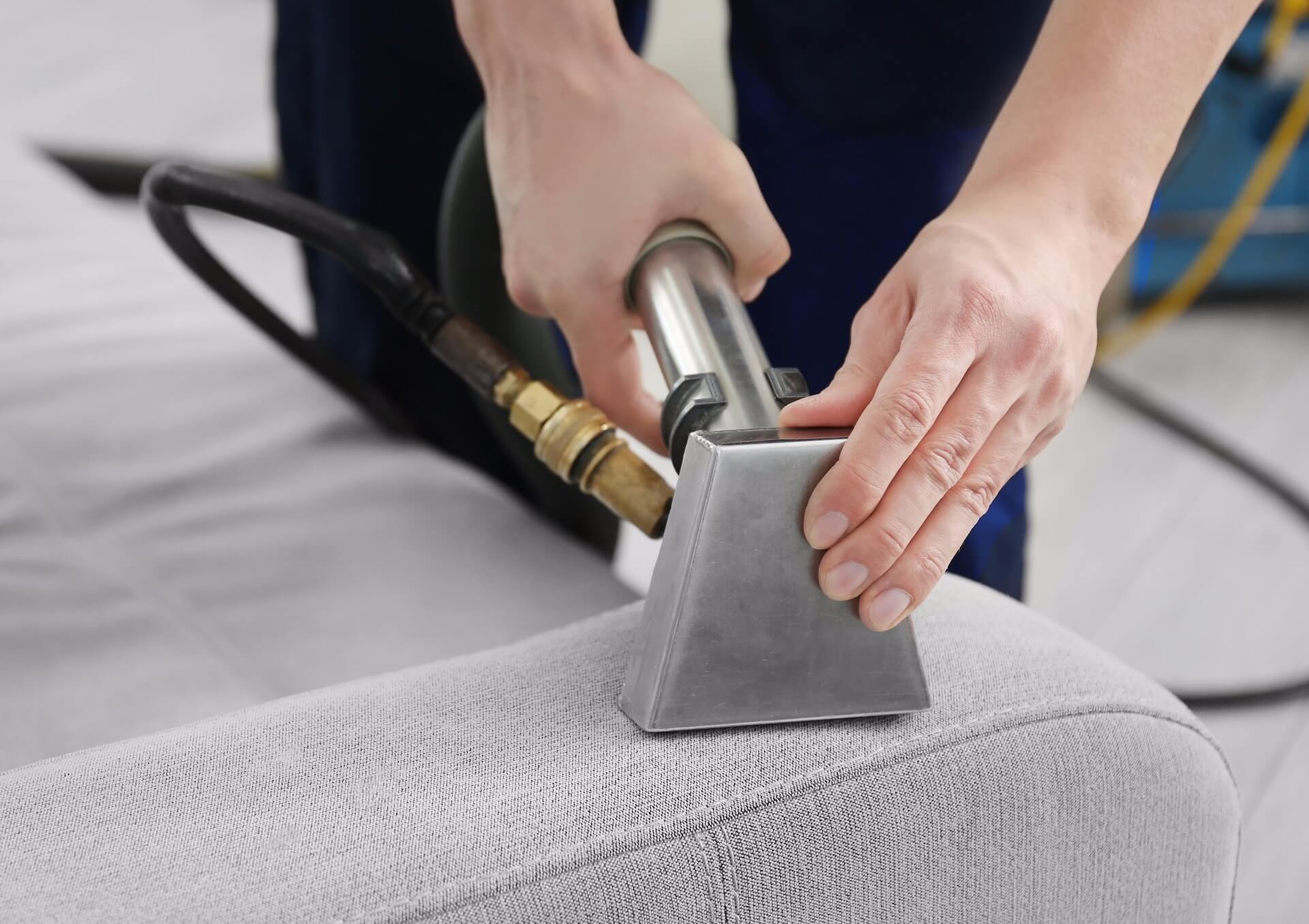Furniture upholstery cleaning is frequently ignored, yet it plays a significant role in maintaining a fresh home environment. Your furniture, from sofas to armchairs, is more than just useful; it contributes greatly to your home's aesthetic and coziness. Over time, however, upholstery can accumulate dust, allergens, and stains, detracting from its look and the air quality in your home. Understanding the best practices for upholstery cleaning can enhance your living areas, bringing life back to your seating and ensuring a safer atmosphere for you and your family.
In this comprehensive guide, we will cover all you need to know about upholstery cleaning, from identifying and eliminating frequent stains to choosing between expert and DIY methods. Whether you are a veteran homeowner or new to managing your living space, our tips and guidance will help you navigate the world of upholstery care, ensuring your seating remains gorgeous and useful for a long time to come.
Furniture Cleaning Techniques
When it comes to furniture care, selecting the right method is essential for effective results without damaging the fabric. One of the most common approaches is hot water cleaning, which uses heated water vapor to infiltrate the fibers and loosen dirt, allergens, and stains. This method not only removes dirt but also disinfects the furniture, making it an excellent choice for homes with children or animals. However, it's important to ensure the fabric can tolerate heat and moisture before choosing for this method.
Another effective method is chemical cleaning, which uses chemical solvents to lift stains and dirt without water. This approach is particularly beneficial for fragile fabrics susceptible to harm from moisture. Dry cleaning can successfully lift tough stains while reducing the risk of fabric diminishment. For homeowners considering this option, it's recommended to consult the manufacturer's care label to ensure suitability with the chemical cleaning process.
For those looking to tackle small stains, spot cleaning can be done using a combination of mild detergent and water. This method allows for targeted cleaning without the need for complete upholstery care. It's important to test any solution on an unnoticeable area first to prevent discoloration. Additionally, using fresh, light-colored cloths to dab rather than rub can avoid damaging the fabric while removing the stain.
Frequent Spots and Remedies

Furniture upholstery is commonly subjected to a variety of spots that can detract from the beauty of your furniture. Food and drink spills are among the the frequent culprits. For instance, red wine can leave a stubborn mark on fabric. https://localcleaningservicesinc.com/ to treat this spot is to blot the area with a fresh cloth to get as much liquid as possible, then use a mixture of water and dish soap. Cleaning carefully will assist remove the stain without harming the upholstery.
Another common issue is pet-related spots, such as pee or hair. When dealing with a pet stain, immediately blot the stained area with paper towels to absorb extra moisture. Following this, a solution of equal parts white vinegar and water can neutralize smell and clean the textiles. Using a soft brush, gently scrub the affected area before rinsing with water and allowing it to dry it thoroughly.
Oil and grease spots often seem more challenging to remove, especially if they are not addressed quickly. One good solution is to sprinkle baking soda onto the grease spot, allowing it to absorb the oil for about 15 minutes. Then, vacuum the area and treat any leftover residue with a store-bought upholstery cleaner designed for oil stains. This method can effectively lift the grease without compromising the integrity of the fabric.
Expert vs. Do-It-Yourself Cleaning
When it comes to upholstery cleaning, homeowners often weigh the benefits of professional services against the allure of do-it-yourself methods. Professional cleaners bring knowledge, advanced equipment, and powerful cleaning solutions that can tackle tough stains and deep-seated dirt. They comprehend the intricacies of multiple fabric types and employ techniques that minimize the risk of damage. Moreover, professional cleaning can extend the lifespan of your furniture, delivering a level of freshness that do-it-yourself techniques may struggle to achieve.
On the other hand, DIY cleaning can be a budget-friendly and accessible option for small stains or routine maintenance. Homeowners can utilize readily available cleaning products and methods to keep their upholstery in excellent condition. However, it is crucial to recognize that not all DIY methods are effective for all of fabric, and some could potentially cause harm if not done correctly. Learning about fabric care and using appropriate techniques can make do-it-yourself cleaning a viable option for numerous.
Ultimately, the choice between professional and DIY cleaning depends on the degree of the cleaning needed, available time, and budget. For substantial or hard cleaning tasks, hiring experts may save time, effort, and protect the quality of the upholstery. However, for routine upkeep or minor issues, a DIY approach can suffice, allowing homeowners to care for their furniture effectively while enjoying the satisfaction of a hands-on project.
